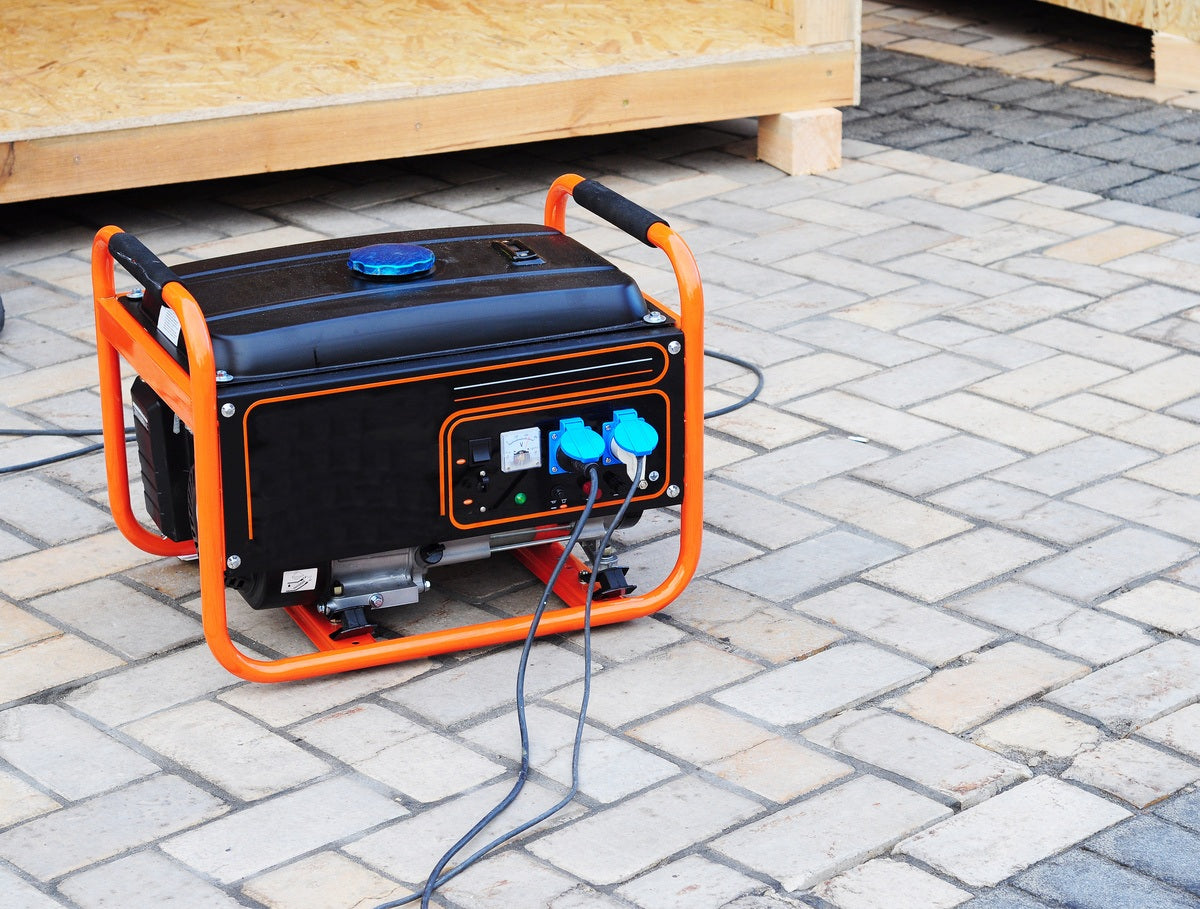Artist Heidi Mraz Recreates a Porsche 906 from Pieces of Its History
Heidi Mraz‘s automotive portraits are complex and specific, collages of hundreds of pieces of ephemera specific to the car, so her artistic process is arduous. “Fifty percent of my time is just spent gathering information—talking to past drivers, restorers, owners; finding magazine articles and engineering notes in dusty boxes—to fill the provenance record and save this history,” she says.
Consider her latest commission, a four-by-six foot portrait of a famed Porsche 906 race car, chassis number 906-134, owned by Paul Queally, co-founder of the private Monticello Motor Club racetrack in upstate New York. From a distance, the piece looks like a clean image of the swoopy, impossibly low, bright orange, street-legal late-’60s racer. But get closer and more than 1100 individual components related to this winning seven-figure classic come into focus.
“When we unveiled this at Monticello, I had no idea what to expect,” says Queally. “I was so blown away. The first thing my eye caught was a little word inside the painting that said ‘goosebumps.’ I said, ‘Oh my God!’ That’s what I had at that moment.”
Queally won the opportunity to have his car memorialized by Mraz—who has done commissions for famed car collectors like Peter Mullin and James Glickenhaus, as well as the winning cars of the Amelia Island and Pebble Beach concours d’elégance—in an auction held at the Art in Motion concours at Monticello. He was thrilled. Mraz was equally excited to document this piece of automotive history.
“When I focus on a car, I want people to be interested—not just car people,” she says. “Automotive design is art. But I also want them to really look at the car as an important part of culture and see what it did for humans.”
The Porsche 906 is notable in part because it was the first car Porsche tested in a wind tunnel. Developed under the aegis of Ferdinand Piëch—the maniacal head of Porsche research and development at the time, a grandson of company founder Ferdinand Porsche, and eventual chairman of the Volkswagen Group—the car was designed with one goal: to beat Ferrari.
“Enzo Ferrari made a famous statement,” Mraz says. “He said, ‘Aerodynamics are for people who can’t build engines.’ But at Le Mans that year, in 1966, in part because of that wind-tunnel testing, Porsche came in fourth, fifth, sixth, and seventh, behind the Ford GT40s. But it beat all the Ferraris.”
To honor this history, Mraz built a wind tunnel and a scale model of the 906. Then she blew orange pigment over the car and onto the canvas to get a sort of shadow negative of its shape. “The whole pigment-powder paint blow I did behind my studio,” Mraz says. “The orange was everywhere. The grass at the studio was orange for I don’t know how long. It was so fine, it got everywhere on the model. Every time I roll that model out, it still leaves an orange track.”
Queally had amazing documentation on the vehicle. “I bought the car about eight or 10 years ago, from an auction,” he says. “After that purchase, someone called us from the Netherlands and said, ‘I have all of the memorabilia from the day this car first raced.’ It came over in four big Banker Boxes.”
That was just a starting point for Mraz. “I found racing spec sheets, old advertisements. I went through thousands of magazines,” says Mraz, who notes that a piece of a Car and Driver cover is in there (she doesn’t remember which cover exactly). “This car had an accident in 1967, racing at Spa. So there’s even a picture of it flipped over traversing a ravine.”
Mraz was even scheduled to meet with Ben Pon, who was behind Racing Team Holland and had owned and raced this very car. “He passed away about three weeks before I was supposed to meet with him,” Mraz says.
Fortunately, Mraz has other insider methods for acquiring information. “What I do is go to the race-car drivers of the time and ask who they were dating, the names of their girlfriends,” she says. “Then I contact them. They’re always so proud of having dated a driver. They share all their stories and photographs.”
The car and painting will be displayed together at the Monticello Motor Club for the time being. That is, when Queally is not otherwise occupied with his 906. “I drive it. I drive it on the track,” he says. “In fairness, I can’t get in it in my helmet, so I drive it off-hours when I’m the only one there. I have a friend who is one of my members. We drive the car together, and we just laugh.”




